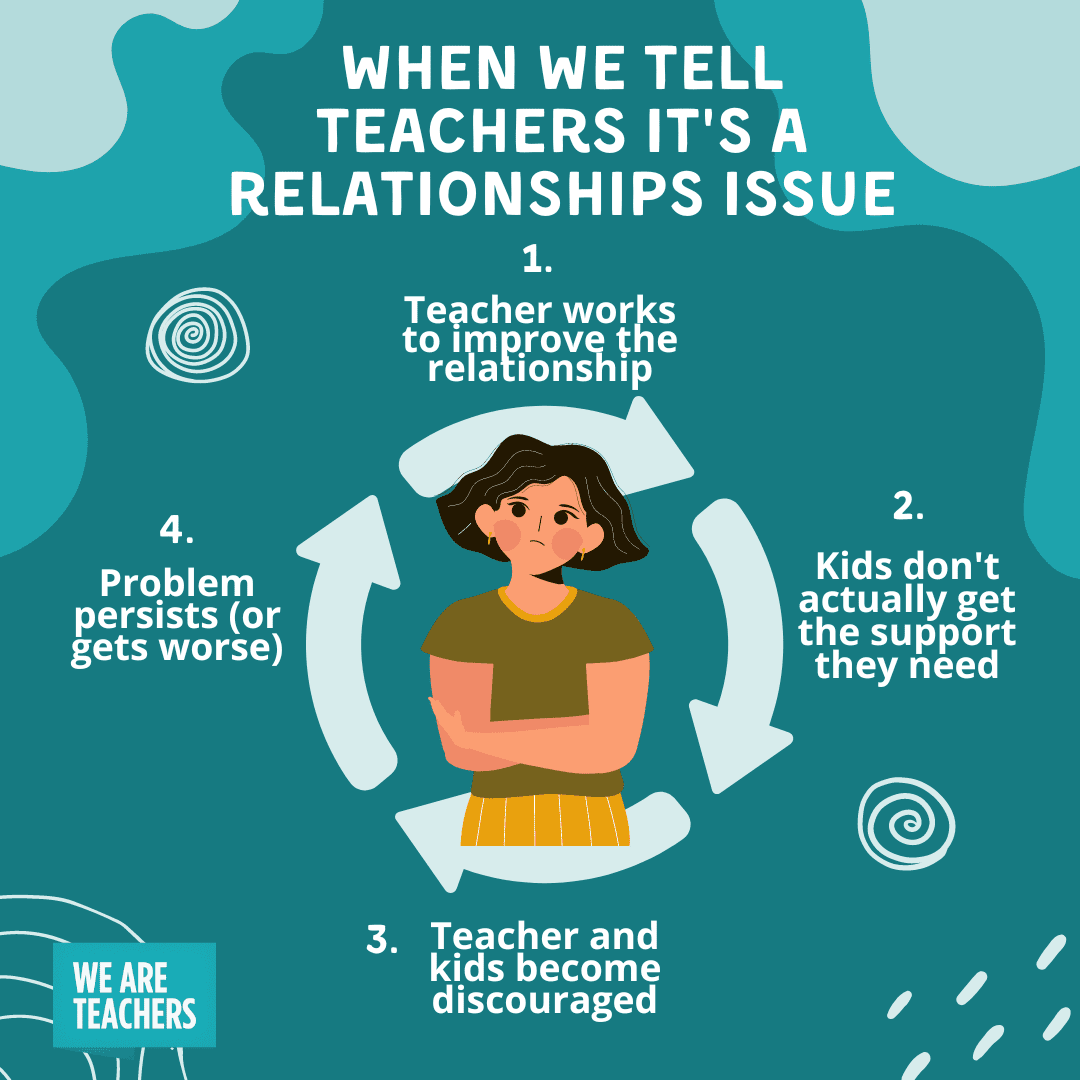For the majority of instructors, the teacher-student bond is the best part of the task. We engage with our kids by purchasing their strengths, weaknesses, interests, and goals. A lot can be stated about this intimate dynamic, particularly concerning its impact on the class environment and the learning experience. However (and it’s a huge nevertheless), the progressively popular concept that a solid teacher-student relationship can resolve anything and everything is simply unreasonable … and even damaging.
Within the last couple of years, parents, administrators, and (particularly) armchair quarterbacks have fasted to dismiss genuine classroom concerns by blaming the instructor. A brand-new teacher who can’t control a class (and is not given a coach or administrative assistance)? Relationship problem. Trainee tossing chairs across the room? Simply improve the relationship. This idea is glaringly misguided. Certainly there are problems that a strong relationship can help, however there are likewise problems that it can’t. Let’s break it down.
A favorable teacher-student relationship can enhance:
- Enhancing esteem
- Enhancing engagement
- Increasing cooperation
A positive teacher-student relationship can’t undo the results of:
- Hardship
- Trauma
- School financing and resources problems
Undoubtedly, there’s a distinction here. To look at these lists and identify that yes, a single person can solve each problem through some bonding, is clearly incorrect. It’s difficult, yet we expect it of instructors. And therein lies the issue.
A Vicious circle
When we consistently dismiss legitimate problems as a flawed teacher-student relationship, everybody loses. We have a vicious cycle in which kids don’t get the support they require, everyone gets prevented, and the issue persists.

The last thing our education system needs is more unmet requirements– for kids or for instructors. We require leaders in education to be better informed and far more realistic about what effects classrooms in 2022. Part of that indicates humanizing instructors instead of expecting them to do the impossible.
The reality is that hardship, injury, and school funding issues are too tremendous for a single school or instructor to resolve. Pointing fingers and casting blame do nothing to assist the circumstance and only fuel this unsustainable cycle. While the teacher-student relationship isn’t the answer to this systemic mess, it is important for setting students up for success. We need to be able to pursue the little success and favorable impacts without being expected to resolve the world’s injustices. Teachers can do a great deal of things. However we can’t do whatever.

















